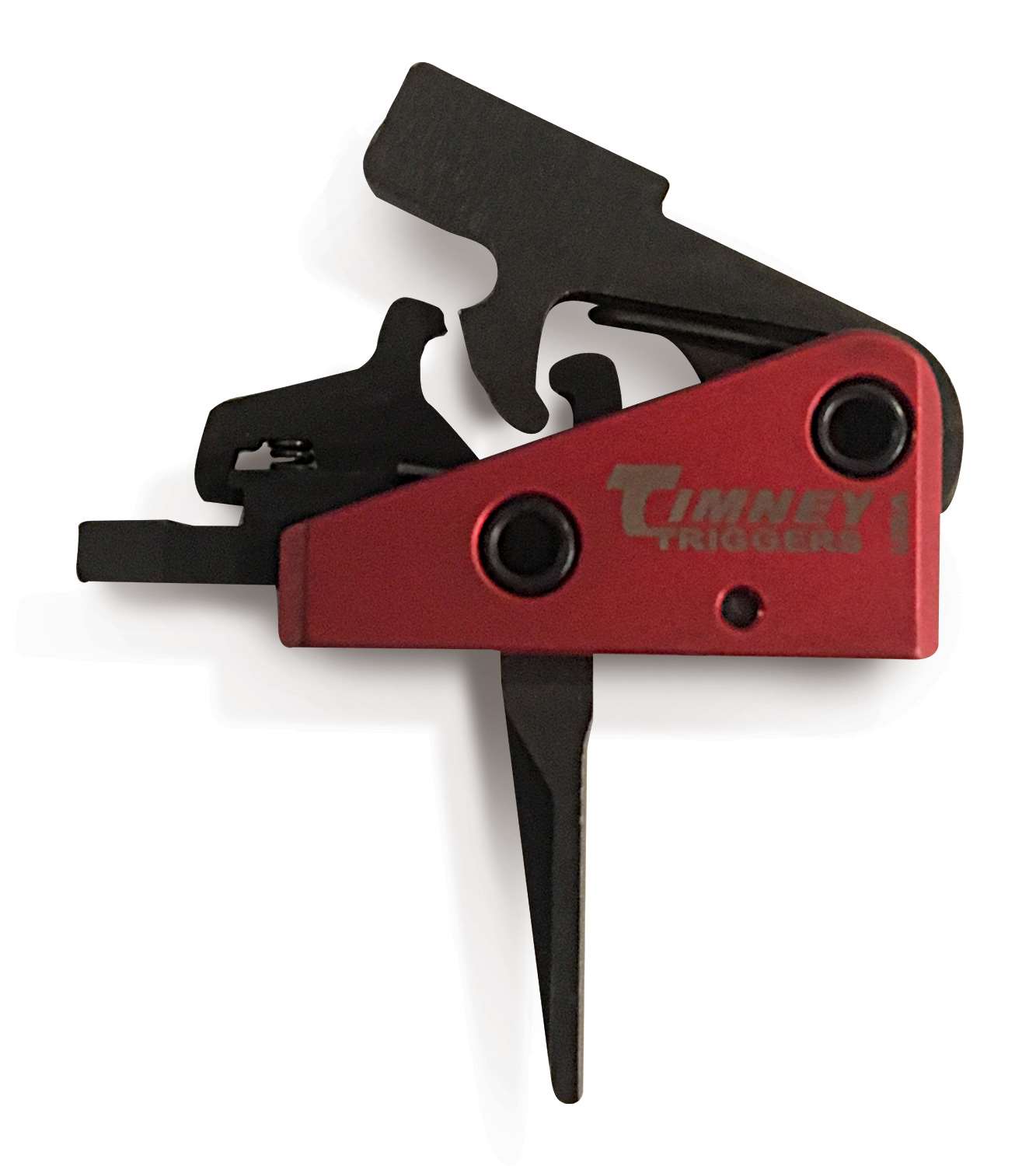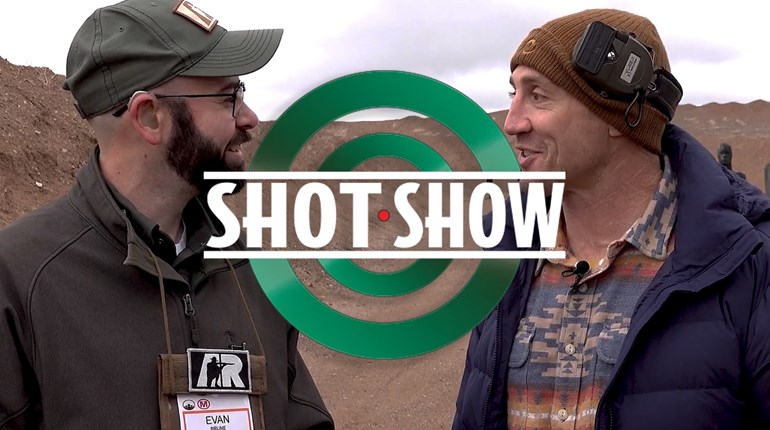
Our pistol caliber carbine build takes another step forward in this installment, albeit by a peculiar mechanism—a brief return to our Part 3. We know it’s a thrilling read, but if you’re in a rush, we'll summarize: Some annoying trigger issues emerged, and we took a look at solutions that involved, essentially, the elimination of tolerance mismatches to restore a rigid upper/lower fit.
But we have to say our satisfaction with the results was not entire, though they had little to do with shooting performance. They were instead compromises in maintenance, and apprehensions about consistent long-term performance (trigger issues are a major match shooting no-no). We fiddled with just about everything in the end—barrel lengths, comps/brakes and buffers/recoil springs—with mediocre results, and nothing matched our full length “reference,” a JP GMR-13.
The fiddling around came to an abrupt end with the arrival of a two-stage Timney Targa “cartridge” trigger.
There are two decided camps in the Stoner/AR trigger business. If we understand the arguments correctly, the original configurations—sets of individual component parts for trigger, disconnector and hammer in combination with the appropriate springs and pins—are better suited to address small variations in the manufacturing of lowers, and more resistant to fouling. Certainly, our experience with these has been good when reputably sourced.

Cartridge triggers take a different approach. By putting the works in all-but-absolutely-fixed relationship to each other within a sub-assembly (which goes in your lower as a single piece), performance within a long-lived set of very narrow parameters is assured in a wide variety of lowers: If the cartridge will go in the lower and the pins locate, you’re good to go. The cartridge systems are commonly thought to be somewhat less tolerant of crud because internal dimensions are more cramped, but we’ve seen a backed-out primer stop up both types. A little actual maintenance is the answer here: Keep things clean and mostly dry, and malfunctions can be essentially zero.
The “two-stage” part of the Timney business, however, is where the loop actually closes with Part 3. Our single-stage, mil-spec trigger was good on barrel lengths over 12 inches, but shorter bores changed the speed at which bolt carrier travel drove the “re-latch” of the trigger for subsequent shots. The shorter the barrel, the less reliable that process, and the more likely so-called “bump fires” became. It’s irritating, to say the least, and we’d argue unsafe as well.
The Timney two-stage solves the problem by using bolt carrier reciprocation energy differently. The Targa is a four-pound trigger, releasing spring and hammer energy in two events—two pounds for take-up, and two pounds for actual release. It uses bolt carrier energy to reset (as all triggers do), but in reverse order, meaning the disconnect function re-engages first—and separately—from the full reset.
As far as we can determine, this is what keeps the Timney from the ignition errors other triggers exhibit in short-barreled, blowback PCCs. As the comparatively massive bolt carrier assembly goes home, a single stage trigger may actually be “bounce” (not bump) fired: Latching engagement is not altogether complete, and is sabotaged by the slamming vibration at the completion of chambering (the added rigidity of our Part 3 fixes addressed this partially, and hence—mostly—worked). But as the Timney experiences these same energies, only the first stage “latch” is time-coherent with the slamming vibration—the second stage (completed first due to reverse order, you will recall) remains intact.
A bit of a sidebar is called for in your trigger ruminations that is slightly wide of our now-solved issues. Simply, we know of many fine shooters who detest two-stage triggers. The need for a “wall”—that clear re-tensioning after initial take-up but before the actual “break”—seems at least anachronistic (double-set, anyone?), and unnecessarily distracting at worst. We never minded this, though it does seem better placed in a precision rifle. But for the go-fast uses many folks envision for their own PCCs—us included—the contrast has faded in a few hundred rounds: We like the Timney plenty, but also can't identify any harm the two-stage has wrought when we go back to the outstanding JP EZ single-stage of our full-length factory reference.
The rest of the story, to borrow from Paul Harvey, is at the same time boring and heartening: We’re now at 2,000-plus rounds without a single malfunction with our shorty upper, so boredom—as reliability—is welcome indeed.
Heartening is a similar number of rounds to come through the long version. As this is the variation most folks will be building on or borrowing from, a full-length Odin barrel will be next up over the thoroughly excellent Timney Targa.
Visit Timney Triggers here; MSRP for the Two-Stage “Targa” is $238.00
Part 1 Part 2 Part 3 Part 4 Part 5
Editor’s Note: Remember that ATF paperwork, fees and approval are required prior to fitting a PCC upper shorter than 16 inches to a rifle.
Frank Winn has been studying arms and their relationship to tyranny, meaningful liberty and personal security all his adult life. He has been a firearms safety/shooting instructor for more than 20 years, and earned state, regional and national titles in several competitive disciplines.

































